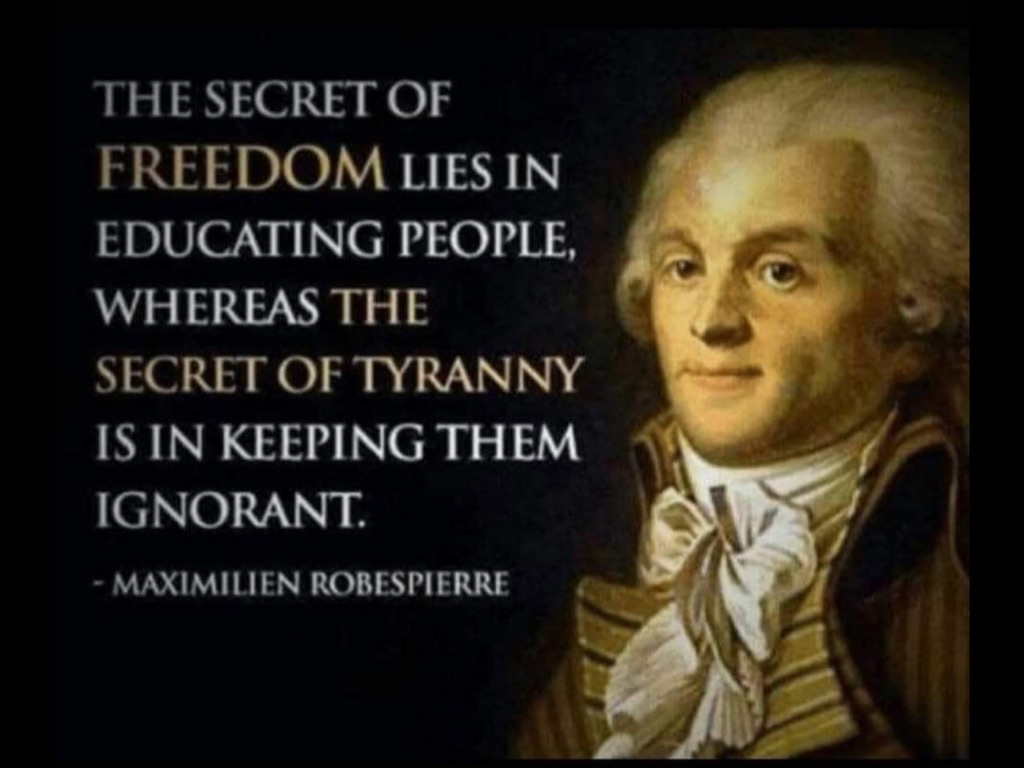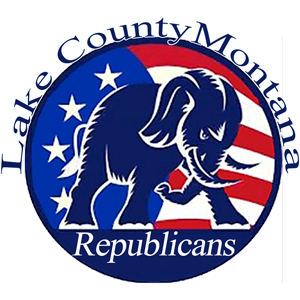On the History of Thanksgiving
There is much to concern us this year but also much to be thankful for, including the brave men and women who volunteer to guard our shares and police our streets.At this Thanksgiving we should recall what life was like for the Pilgrims who arrived on these shores in December of 1620. As the Plimoth Plantation describes it:
Nevertheless, a year after their arrival they sat down for a feast of thanksgiving. They had befriended and made a treaty of mutual protection with the Pokanoket Wampanoag leader, Ousamequin, also known as Massasoit to the Pilgrims.In the fall of 1621, the colonists marked their first harvest with a three-day celebration. Massasoit and 90 of his men joined the English for feasting and entertainment. In the 1800s this famous celebration became the basis for the story of the First Thanksgiving.It would be easy to focus on the passing difficulties of our time, especially for those of us who fight daily to preserve the God-given liberties that have blessed this land since the time of the Pilgrims. But, as they did, we must pause to reflect on all that is good and on the Source of this goodness.I am particularly fond of a hymn popularly associated with Thanksgiving Day and often sung at family meals and religious services on this day, having been brought to America by Dutch settlers in New Amsterdam, now New York City. It was written by Adrianus Valerius and is entitled “Wilt Heden Nu Treden” (“We Gather Together.”)
All of us at Judicial Watch wish you and yours a most blessed Thanksgiving! I would be remiss if I also did not thank you, Dear Supporter, for you any and all support you’ve given Judicial Watch throughout the year. Of course, your special support now for Judicial Watch’s essential work would be most welcome. You can support us directly here!Until next week, * * *
* * *
Robert Welch’s 1958 Speech on the Downfall of America (rumble.com)
Compare to what is going on today, November 2023… Eerie.
* * *
“It is impossible to rightly govern the world without God and the Bible.”
– George Washington


The Missing 13th Amendment: *No Lawyers Allowed In Public Office*
Covert Plot That Altered The U.S. Constitution Exposed, Conspiracy To Subvert The American Republic Uncovered
Ben Franklin: Printer, Postmaster, Ambassador, Inventor, & Founding Father!
I Memorized Paul Revere‘s Ride by H.W. Longfellow in 4th grade! Did you? (click link for the entire poem)



HITLER TO OUTSPOKEN PASTOR:
“I will protect the German people. You take care of the church. You pastors should worry about getting people to heaven, and leave this world to me”.
~ ADOLPH HITLER
“Silence in the face of evil, is itself evil: God will not hold us guiltless. Not to speak, is to speak. Not to act, is to act”.
~ DIETRICH BONHOEFFER

Free Online Courses – Learn with Hillsdale
Prairie Rose: A Bold Defender of American Liberty
FIRST Prayer of the Continental Congress
Scan to obtain a copy of the prayer with smartphone camera

Collection of manuscript Magna Cartas and early English statutes
Independence Day — “GREATEST REVOLUTION that has ever taken place IN THE WORLD’S HISTORY”
First Christian Missionaries to the Hawaiian Islands – American Minute with Bill Federer
“DUTY is ours; results are God’s” – American Minute with Bill Federer
In God we TRUST by our Founding Fathers
Learn the significance of American citizenship and the threats it faces today.
Leftists’ Claim the Constitution ‘is Trash’ DEBUNKED | Guest: Tim Barton
FREE online courses: Learn with Hillsdale
Timeline of the American Revolution
Lead-in To War: 1763 to 1774
End of the Seven Years War
February 10, 1763
The Treaty of Paris ends the Seven Years War (French and Indian War). France surrenders all of its North American possessions east of the Mississippi to Britain. This ends a source of insecurity for the British colonists along the Atlantic Coast. The costs of the war and maintaining an army will lead the British government to impose new taxes on its colonists, with world-shaking results.
Learn more about Fort Necessity National Battlefield
Passage of the Stamp Act
March 22, 1765
Britain passes the Stamp Act, imposing a tax on legal documents, newspapers, even playing cards. This is the first direct tax on the American colonists and is hotly resisted. A successful American campaign to have the act repealed will give Americans confidence that they can avoid future taxes as well.
British Troops Occupy Boston
October 1768
British troops land in Boston to enforce the Townshend duties (taxes on paint, paper, tea, etc., passed in June 1767) and clamp down on local radicals. The troops’ presence doesn’t sit well with locals and leads to street fights. One clash between soldiers and a mob in March 1770 will leave five dead. Radicals will call it the Boston Massacre, while the British will call it the incident on King Street.
Learn more about Boston National Historical Park
Committees of Correspondence Established
Spring 1772
Committees of Correspondence are established throughout the colonies to coordinate American response to British colonial policy. This represents an important move toward cooperation, mutual action, and the development of a national identity among Americans.
Britain Tries to Intimidate Massachusetts
March to June, 1774
The British Parliament passes the Coercive Acts, often called the Intolerable Acts in America. Among other actions, Britain closes the port of Boston and requires British troops to be housed in taverns and vacant buildings. The acts generate considerable sympathy for Massachusetts among other colonies.
Independence Declared: 1775 to 1777
War Breaks Out
April 19, 1775
The first shots of the Revolutionary War are fired at Lexington and Concord in Massachusetts. The news of the bloodshed rockets along the eastern seaboard, and thousands of volunteers converge—called “Minute Men”—on Cambridge, Mass. These are the beginnings of the Continental Army.
Learn more about Minute Man National Historical Park
Britain Forms an Alliance with Patriot Slaves
November 1775
The British governor of Virginia, Lord Dunmore, issues a proclamation offering freedom to any slaves of rebellious Americans who are able to enter British lines. Throughout the course of the war, tens of thousands of African Americans will seek their freedom by supporting the British. A smaller number will fight on the patriot (pro-independence) side, despite policies that discourage their enlistment
Battle of Bunker Hill: Americans Hold Their Own
June 17, 1775
In the first major action of the war, inexperienced colonial soldiers hold off hardened British veterans for more than two hours at Breed’s Hill. Although eventually forced to abandon their position, including the high ground of Bunker Hill overlooking Boston, the patriots show that they are not intimidated by the long lines of red-coated infantrymen. Of the 2,200 British seeing action, more than 1,000 end up dead or wounded.
Learn more about Boston National Historical Park
Moores Creek: Loyalists Defeated
February 27, 1776
A force of loyalists (Americans who want to remain British subjects), most of them of Scots descent, is defeated by a patriot army at the Battle of Moores Creek Bridge. This setback will largely quiet loyalist activity in the Carolinas for three years.
Learn more about Moores Creek National Battlefield
South Carolinians Repel British Attempt to Take Charleston
June 28, 1776
A British invasion force mounts an all-day attack on a patriot force on Sullivan’s Island. The invaders are unable to land their troops on the island, and the tricky waters of Charleston Harbor frustrate the British navy. The fleet retires in defeat, and South Carolina will remain untouched by the enemy for three more years.
Learn more about Fort Moultrie National Monument
America Declares Its Independence!
July 1776
The Declaration of Independence is adopted by the Second Continental Congress. Following a decade of agitation over taxes and a year of war, representatives make the break with Britain. King George III isn’t willing to let his subjects go without a fight, and loyalist sentiment remains strong in many areas. Americans’ primary allegiance is to their states; nationalism will grow slowly.
Learn more about Independence National Historical Park
George Washington Crosses the Delaware River
December 1776 to January 1777
In a bold move, Washington moves his troops into New Jersey on Christmas night. The patriots then surprise a force of German troops fighting for Britain at Trenton on December 26. They achieve a similar victory over British troops at Princeton on January 3, reviving hopes that the war just might be winnable. The army then encamps for the winter at Morristown, New Jersey.
Learn more about Morristown National Historical Park
War in the North: 1777 to 1778
Battle of Saratoga: British Setback
October 17, 1777
General John Burgoyne’s attempt to separate the rebellious New England colonies from those farther south ends in a spectacular failure. The surrender of 6,000 British regulars at Saratoga will shock London and help induce France to enter the war on the American side.
Learn more about Saratoga National Historical Park
Winter of Change for the Continental Army
December 1777
With the British occupying Philadelphia just 20 miles away, the Continental Army enters winter quarters at Valley Forge, Pennsylvania. During the winter, supply arrangements will be improved and the Continental troops will be drilled and emerge as a more disciplined, unified fighting force.
Learn more about Valley Forge National Historical Park
France Enters the War Against Britain
February 1778
As a result of the patriot victory at Saratoga and American diplomatic efforts, France allies itself with the new American government. French financial and military aid will prove critical in winning the war. The Continental Army will learn of the French Alliance in May.
George Rogers Clark Attacks the British in Ohio Country
May to December, 1778
With barely 150 men, Virginian George Rogers Clark captures several British posts in the Ohio Territory (present-day Illinois and Indiana) and convinces French-speaking inhabitants of Kaskaskia and Cahokia to support the patriot side. Although Indians will continue to oppose white settlement for three decades, Clark’s exploits pave the way for the expansion of the U.S. north of the Ohio River.
Learn more about George Rogers Clark National Historical Park
Southern Campaigns: 1779 to 1781
Charleston Falls to the British
May 12, 1780
The British take Charleston, S.C., capture a large patriot army, and deal the rebels one of their worst defeats of the war. The Charleston move is part of a broader British strategy to hang on to the southern colonies, at least, now that the war is stalemated in Pennsylvania and New York.
Kings Mountain Victory Revives Patriot Hopes
October 7, 1780
Patriot militia from the Carolinas, Virginia, and present-day Tennessee surround and defeat a force of loyalists under Major Patrick Ferguson at Kings Mountain, S.C. Indicating the deep divisions within America, Ferguson is the only British soldier on the field-Kings Mountain is truly a battle among Americans about their future.
Learn more about Kings Mountain National Military Park
Battle of Cowpens: American Tide Continues
January 17, 1781
Continental soldiers and patriot militia under General Daniel Morgan defeat a British force under Banastre Tarleton at Cowpens. Coming on the heels of the victory at Kings Mountain, Cowpens helps convince worried patriots that the British southern strategy can be countered.
Learn more about Cowpens National Battlefield
Guilford Courthouse: Costly British Victory
March 15, 1781
British troops win a costly victory over Continentals and militia at Guilford Courthouse, N.C. The battle is part of General Nathanael Greene’s strategy of engaging the British on ground of his choosing. Without winning a single clear-cut victory, he will succeed in wearing down the British army through hit-and-run tactics and set-piece battles.
Learn more about Guilford Courthouse National Military Park
Ninety-Six: Longest Siege of the War
May to June, 1781
The isolated British garrison at Ninety Six is laid siege to, by patriot forces under General Nathanael Greene. The approach of a British relief column leads Greene to make a final, unsuccessful assault on the fort on June 18. The events at Ninety Six underline the fact that Britain has too few troops to hold the southern hinterlands.
Crossroads of a Revolution (video)
Learn more about Ninety Six National Historic Site
Yorktown: Large British Army Surrenders
September to October, 1781
A joint French and American force traps a large British army on Virginia’s Yorktown peninsula. Unable to evacuate or receive reinforcements because a French fleet has driven off a British fleet, General Cornwallis is forced to surrender. Although New York City and Charleston, S.C., will remain in British hands until a peace treaty is signed two years later, the war for American independence is essentially over.
Learn more about Colonial National Historical Park
Aftermath: 1782 to 1787
Loyalists Leave America
January 1782
The evacuation of loyalists begins. Largely unwelcome in the new United States, about 100,000 Americans who remained loyal to the crown find new lives in Britain, Canada, and British colonies in the West Indies. Among them are about 15,000 African Americans, some of whom end up helping to found the country of Sierra Leone in Africa. The loyalist experience will have a profound effect on the development of Canada’s national identity.
Treaty of Paris Officially Ends the War
September 3, 1783
The Treaty of Paris ratifies the independence of the 13 North American states. Canada remains a British province, beginning its separate development as a U.S. neighbor. Another war with England (1812 – 1815) will be necessary to truly secure the American nation.



